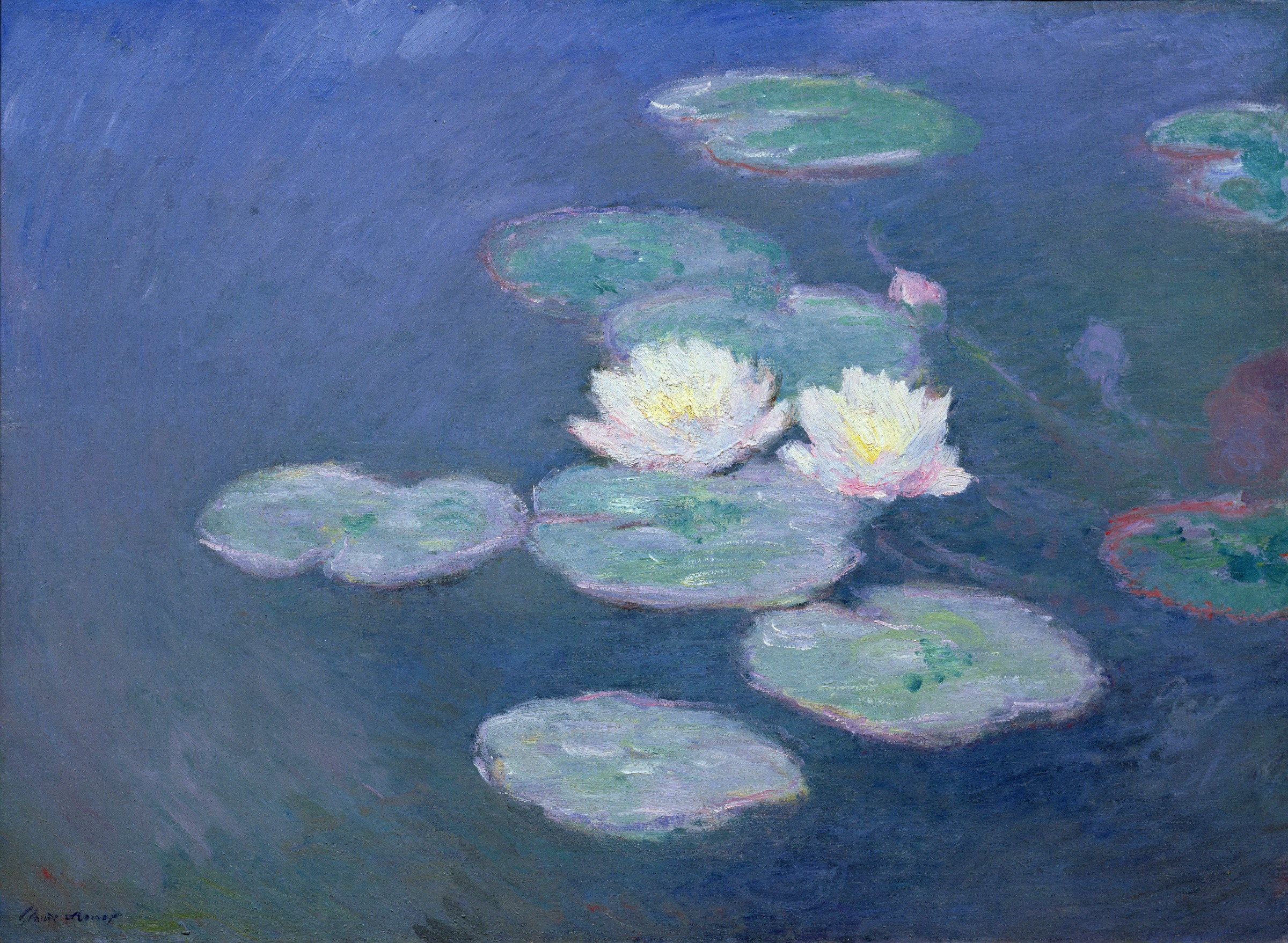
What is a Topos? Motivation of Studying Topos Theory:“The Rising Sea” — Our Nonlinear Learning StrategySeminar SpiritOrganizersSchedule Preview Main References
What is a Topos?
A topos is a category that retains the core features of the category of sets
Motivation of Studying Topos Theory:
From Jinyi Wang:
“From geometric topology to toposes, I have never given up the pursuit of language. Language is a magical tool: choosing the right words can simplify many things and even make describable what once seemed indescribable. …
In countless situations, I imagine a perfect language—one that, once fully mastered, would make it impossible to utter a false statement. …
Category theory and mathematical logic have been the tools that guided my search for the right language. Sometimes I feel I’ve become so exacting about naturalness that a construction only deserves to be spoken of once it can be presented as a perfectly sensible morphism in a carefully crafted category.”
From Yuze (Marco) Zheng:
To me, mathematics is an objective reality—it exists out there, independently of us. We are like outdoor painters standing before a breathtaking landscape, armed only with our brushes and pigments to capture whatever fragments we can. Traditional, set-theoretic mathematics, however, is akin to attempting an Impressionist masterpiece with nothing more than a handful of dull grey and black pencils. Yes, it’s technically possible, but it feels utterly crude and absurd—it severely restricts what we can depict and how we perceive the underlying beauty. Can you imagine rendering Monet’s spring gardens or his water lilies with only those pencils? It’s simply unthinkable!
Topos theory, in contrast, provides us with a far richer palette and more expressive brushes—an expanded language that allows us to illuminate facets of mathematical “reality” that would otherwise remain blurred or invisible in the traditional framework.
“The Rising Sea” — Our Nonlinear Learning Strategy
Instead of a straight “A to Z” curriculum, we learn like a rising tide:
I can illustrate the second approach with the same image of a nut to be opened.
The first analogy that came to my mind is of immersing the nut in some softening liquid, and why not simply water? From time to time you rub so the liquid penetrates better,and otherwise you let time pass. The shell becomes more flexible through weeks and months – when the time is ripe, hand pressure is enough, the shell opens like a perfectly ripened avocado!
A different image came to me a few weeks ago.
The unknown thing to be known appeared to me as some stretch of earth or hard marl, resisting penetration… the sea advances insensibly in silence, nothing seems to happen, nothing moves, the water is so far off you hardly hear it.. yet it finally surrounds the resistant substance.
These images remind us: let intuition and wonder “soak in” first, then dive into the formal definitions and theorems when the time is ripe.
Seminar Spirit
Intuition First
Spark insight with one captivating case study per session (Graph topos, Sheaf on a circle, Boolean topos, etc.).
Collaborative Learning No fixed lecturer—everyone takes turns sharing notes, questions, and discoveries.
Shared Resources Slides, reading materials, discussion notes, and code examples are collectively maintained as a lasting archive.
Organizers
Wenyi
“Exploring how sheaves and coverings piece together to form a Grothendieck topos.”
Yuze
“Investigating the beauty of intuitionistic logic through the subobject classifier
Schedule Preview
| Date | Topic | Speaker | Location and Time | Materials |
|---|---|---|---|---|
| 2025-07-14 | A Taste of Elementary Topos and a First Glance at Logic in | Yuze Zheng (Marco) | Science and Engineering Building/ 2pm | Sheaves in Geometric and Logic,Topos 1, Topos 2, Examples of Topos and Essential Geometric Morphism |
| 2025-07-21 | Introduction to Sheaves and Site (1) | Wenyi Hu | Science and Engineering Building G07/ 2pm | Wenyi's notes , Site: Banana Space, Sheaves in Geometric and Logic, Caramello, O. (2018), Theories, Sites, Toposes, Johns Hopkins Lecture Notes: jh.edu/.../Caramello2018TheoriesSites+Toposes.pdf |
| 2025-07-28 | Yuze Zheng (Marco) | Science and Engineering Building G07/ 2pm | ||
| 2025-08-04 | Categorical Logic Primer: Connectives and Quantifiers in Set | Yuze Zheng (Marco) | Science and Engineering Building G07/ 2pm | Categorical Logic Primer: Connectives and Quantifiers in Set, An Introduction to Topos Theory |
| 2025-9-29 | Introduction to Lawvere Theory and PROP | Yuze Zheng (Marco) | Oshane-G02 (K-E-19-G02)/1 pm -2pm | Categorical Universal Algebra and Functorial Perspectives in Analysis, Lawvere Theory, PROPs |
| 2025-10-6 | Construction of sheafification | Wenyi Hu | Oshane-G02 (K-E-19-G02)/1 pm -2pm | Sheaves in Geometric and Logic |
| 2025-10-22 | Introduction to Heyting Algebra | Yuze Zheng (Marco) | Tea Room in Math Building 10:30-11:00 | Heyting Algebra, Sheaves in Geometric and Logic |
| 2025-10-27 | Introduction to Sketch | Yuze Zheng (Marco) | Colombo Theatre B 1:00-1:30 | Sketch |
| 2025-11-10 | Heyting Algebra, Lawvere Theory of Heyting Algebra, Open set lattice as Truth Value | Yuze Zheng (Marco) | Colombo Theatre B 1:00-2:00 | Heyting Algebra, Sheaves in Geometric and Logic |
| 2025-11-17 | Zariski Site | Wenyi Hu | RC Level 3, the whiteboard outside 1:00-2:00 | Zariski Site |
Main References
Mac Lane & Moerdijk, Sheaves in Geometry and Logic, Springer, 1992.
Smith, P. (2017), _Category Theory _, available at logicmatters.net.
SimplicialCat Project, Topos, GitHub: github.com/SimplicialCat/topos.
nLab
Caramello, O. (2018), Theories, Sites, Toposes, Johns Hopkins Lecture Notes: jh.edu/.../Caramello2018TheoriesSites+Toposes.pdf
Additional Lecture Notes & Blogs:



No comments:
Post a Comment